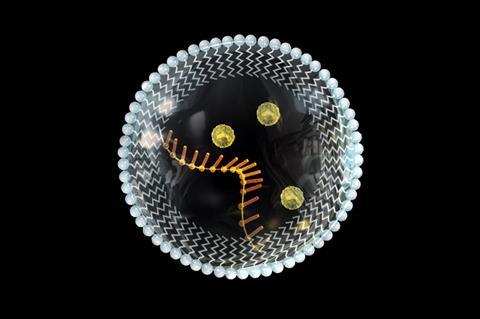
New research shows how complex molecules that were key to kickstarting life on the early Earth could have survived, despite their inherent instability. The findings suggest that self-assembly processes could have boosted RNA sequences’ resistance to hydrolysis, helping to ‘tame the chemical chaos’ in prebiotic mixtures.
‘These [new] understandings are crucial for exploring the origins of life,’ says Job Boekhoven, from the Technical University of Munich, Germany, who led the work.
Before modern cells existed, and DNA and proteins controlled life and metabolism, ‘RNA molecules had to do it all, without any blueprints’ says Kate Adamala, an expert in origins of life and semi-synthetic cells at the University of Minnesota, US. Back then, RNA sequences were responsible of storing information and coding for the instructions to make the first ever enzymes. But RNA is unstable. Without the protection provided by a biological cell, RNA strands should spontaneously decompose, as hydrolysis always favours the formation of monomers.
Now, Boekhoven’s team’s findings offer ‘a plausible path for RNA molecules to quickly assemble into long sequences, and equally fast disassemble’ says Adamala, who wasn’t involved in the project. This would have allowed prebiotic cells to dynamically study the usefulness of assembled sequences. ‘It’s like an etch-a-sketch for early metabolism: assemble some sequences, try them out and erase the failed ones,’ she adds.
Evolutionary advantages
Accepting the instability of RNA sequences was a significant step towards understanding the mechanisms of self-assembly, explains Boekhoven. ‘We embraced the fact that hydrolysis exists, and also [existed] at the origin of life,’ he says. Instead, Boekhoven’s team focused on mechanisms that would slow hydrolysis down.
The researchers created pools of nucleic acid monomers and molecules with different sequences, which are known as combinatorial libraries. To these, they added both chemical fuels – high energy molecules that favour oligomerisation – and DNA templates. The latter led to hybridisation, with complementary strands of nucleobases sticking together and forming stable double-stranded structures. ‘This interaction is very important to stabilise labile molecules, such as RNA strands,’ says Boekhoven.

Usually, synthetic sequences of RNA only survive hydrolysis for a few minutes. ‘However, when hybridised with a complementary strand, they remained stable for hours,’ he adds. ‘It’s a powerful model for understanding how the first RNA strands were formed, stabilised, selected, and replicated, [and] demonstrating how a pool of molecules can open-endedly evolve towards a minimal form of artificial life.’
According to Adamala, the self-assembly of the earliest biopolymers could have benefited protocells. The stable RNA sequences that arise from the libraries could encode information for important metabolic reactions and ‘provide positive feedback to jumpstart natural selection and heredity’, she adds.
Additionally, the RNA and DNA libraries interact with the scaffold that secures the structure of protocells, which could help individual cells to differentiate and develop an identity.
‘Our findings [also] imply that nucleic acids affect the properties of protocells, which could result in an evolutionary advantage,’ says Boekhoven. Nevertheless, the results still miss a key step – replication. ‘It is the heart of living, self-sustaining systems,’ he explains. ‘But the mechanisms of selective stabilisation [could have] tamed the chemical chaos in prebiotic mixtures, [promoting the] copying and coding of sequences … and laying the foundation for the emergence of life.’
References
C M E Kriebisch et al. Nat. Chem. 2024, DOI: 10.1038/s41557-024-01570-5



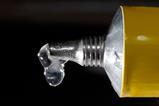
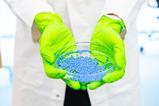

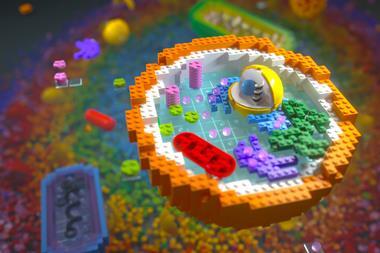
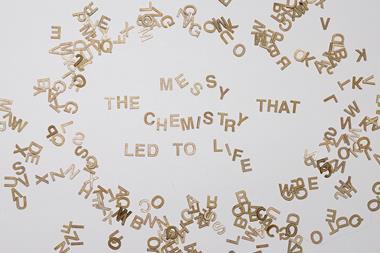
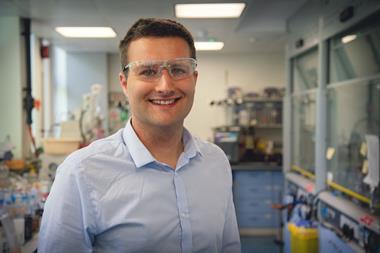
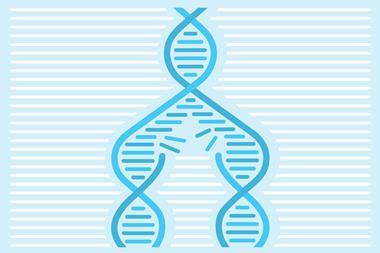
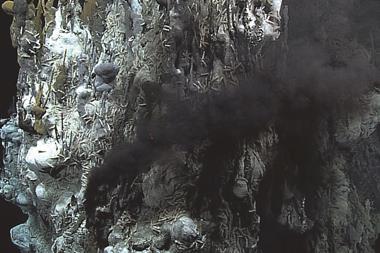






No comments yet